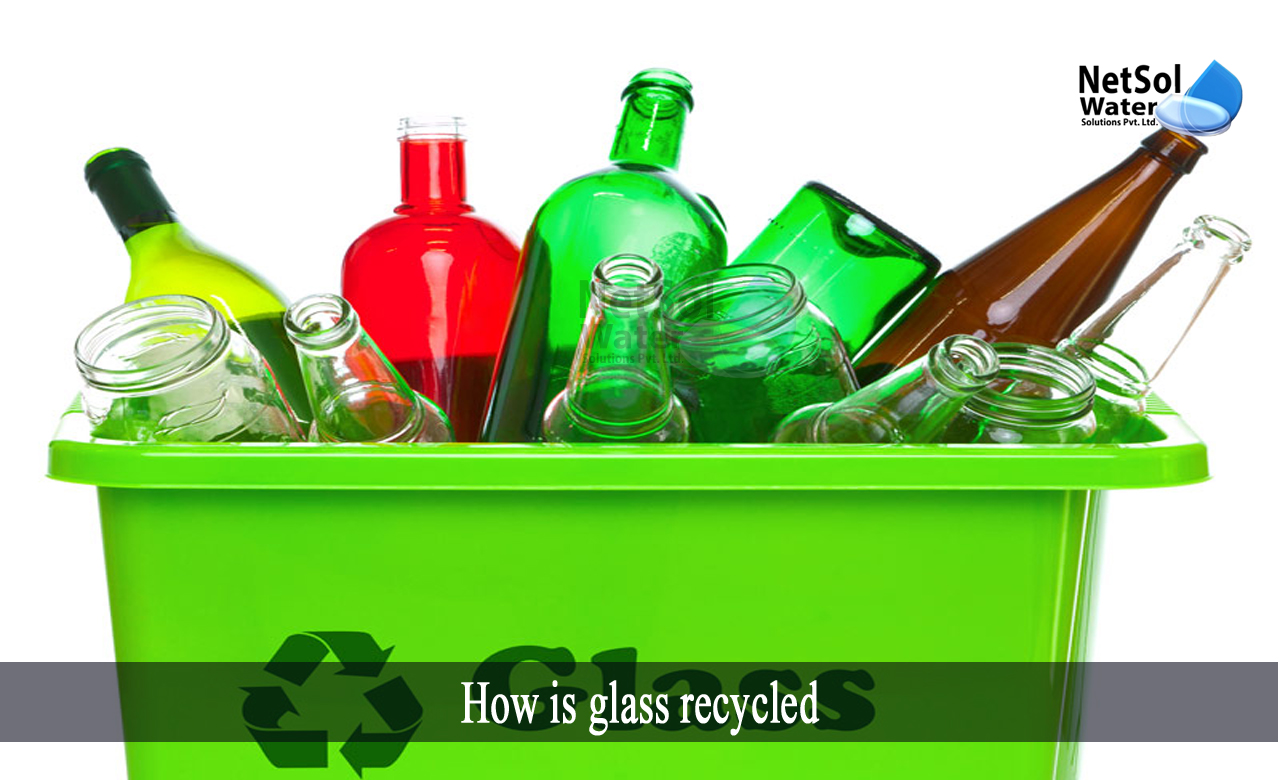Introduction
For more than thousands of years, the glass has been used, as a versatile material, with countless uses. Fortunately, glass can be recycled repeatedly, without the loss ofany quality, making it a good choice for products in a circular economy, of the twenty-first century.
In this blog, we will examine the full recycling process for glass and how it may be improved.
How is glass waste produced?
Glass from glass bottles and jars is most frequently found in municipal solid waste (MSW), and our recycling bins. This covers alcoholic and non-alcoholic beverages, as well as glass containers and bottles for food, personal care products, and other items.
However, there are additional varieties of glass, like those found in furniture, electronics, mirrors, and home appliances, that require special handling.
How effective is the recycling of glass?
Recycling is correctly viewed as a crucial component of a circular economy, as the world looks for ways to reduce its carbon emissions. It is a fact that many processing systems today are ineffective throughout the world, and some products are inherently problematic.
However, glass may be treated indefinitely without losing quality, and the by-products of manufacturing are typically completely recyclable, within the same stream. However, there are many benefits to recycling effectively, and those benefits would grow with better infrastructure.
Some organizations claim that employing recycled glass, in the manufacture of new products minimizes emissions, lowers the amount of raw materials consumed, increases the lifespan of glass-making machinery (such as furnaces), and conserves energy.
Facts about recycling of glass
· For every tonne of recycled glass, more than a tonne of natural resources are preserved.
· For every 10% of cullet (crushed recycled glass) utilized in production, energy costs are lowered by around 2% to 3%.
· For every six tonnes of recycled glass used, carbon dioxide emissions from the production of glass are decreased by one tonne.
How is glass recycled?
Let's examine the glass waste recycling process,so that we have a better grasp of glass recycling.
· Transportation and gathering
Both single-stream and multi-stream recycling bins, as well as community drop-off locations, accept glass for collection. For both residential and commercial properties, this can be done at the curbside; in shared waste management areas (such as municipal recycling centres); or through private waste collection programmes, primarily for companies.
· Sorting
The recycling facilities are now using an optical sorting technique to look for impurities. This might entail sorting out certain glass varieties (such as Pyrex and mirrors), as well as getting rid of more overt pollutants, like metals or plastics.
Here, the glass is also sorted according to colour, which is produced by different additives that shouldn't be combined. For instance, adding substances like carbon to glass makes it brown.
· Breaking
The discarded glass is automatically crushed by a series of hammers, before being broken into smaller pieces. A little amount of water may be injected at this point, in the glass recycling process, to prevent glass particles from becoming airborne.
· Screening
After passing through rotary screens, also known as trommel screens, the broken glass is then separated into pieces of varying sizes, typically 3/8" and 3/4". The paper labels, which are frequently still attached throughout the breaking process, are separated at the same time using a fan.
Other objects that cannot be broken down, and cannot fit through the screens, are also filtered off and transported to landfills, or recycled using their own methods.
· Fluidization in a Bed Drier
The broken pieces of glass vibrate through a dryer in the following step of the recycling process, which drives hot air (about 190F) through the bed and the glass, to burn off sugar and bacteria and release any remaining glue.
The pollutants that are still present at this point are vacuum-extracted.
· Pulverization and first screening
Smaller fragments of glass can pass through a mesh screen, while bigger ones are diverted into a pulverizer. In a sort of test-and-repeat loop, this pulverizer will then crush the glass in an enclosed unit, until it is tiny enough to pass through the main screen.
· Second-round evaluation
Once the glass fragments are small enough to pass through the main screen, secondary screening is used to separate and categorize them based on size. Each grade will be targeted to a particular manufacturing industry.
How can we assist?
In order to recycleglass waste, Netsol Water, a global provider of solutions for problems relating to water, wastewater, and solid waste, manufactures a variety of solid waste recyclers.
Utilizing such technologies reduces the likelihood of producing any solid waste. It will eventually establish long-lasting practices for handling such waste, and provide a helping hand in achieving sustainability.
Netsol Water is Greater Noida-based leading water & wastewater treatment plant manufacturer. We are industry's most demanding company based on client review and work quality. We are known as best commercial RO plant manufacturers, industrial RO plant manufacturer, sewage treatment plant manufacturer, Water Softener Plant Manufacturers and effluent treatment plant manufacturers. Apart from this 24x7 customer support is our USP. Call on +91-9650608473, or write us at enquiry@netsolwater.com for any support, inquiry or product-purchase related query.



